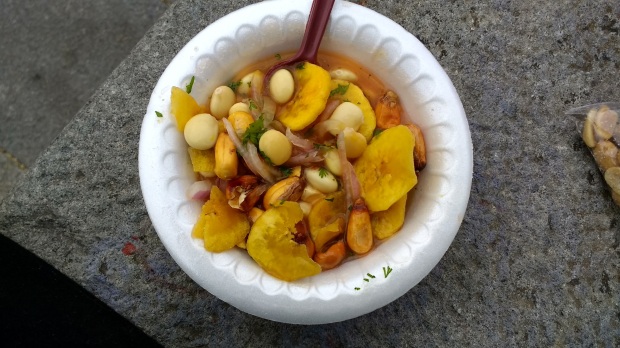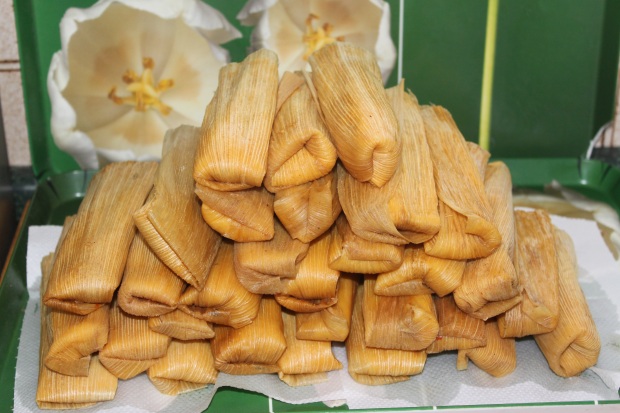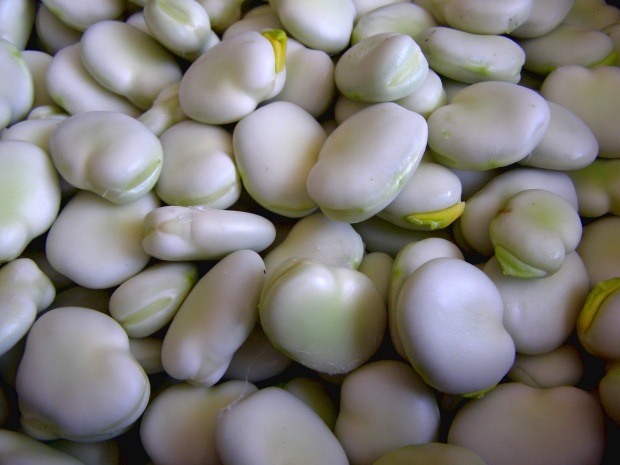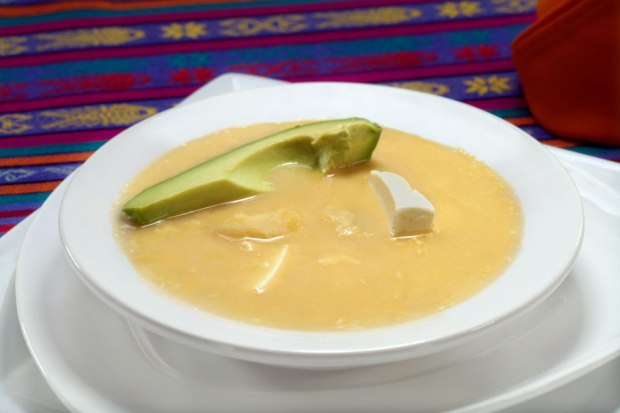Food is the edible tie that bonds us. It’s a tool for building social connection, the crux of cultural traditions around the world and the fuel we use to sustain our bodies on a daily basis. Beyond its cultural and biological function, our tastes and demand for food drive an array of agricultural, animal farming and food processing practices–some of which are benign, others of which have a negative impact on our health, the environment and animal treatment.
With the latter in mind, 6 years ago I decided to switch to a pescatarian diet. I don’t know that I’ll ever make the full transition, but at any rate, the majority of what I currently eat is vegetarian. Naturally, I was concerned about the feasibility of maintaining my dietary preferences while serving in Peace Corps. While it’s certainly not the norm, I’ve been surprised by (and thankful for) the abundance of local and affordable, vegetarian options that are available. For anyone who may be in the same boat or just plain curious, here are some of my favorites.
1. Cevichocho

Chochos are Ecuador’s best kept secret. These crunchy, pill-shaped legumes are packed with protein and on top of that, contain iron, calcium and omega 3s. My favorite way to eat them is in ceviche (aka. cevichocho) as pictured above. My host dad says some people call it the poor man’s ceviche since it doesn’t contain any fish or other seafood. I call it delicious eats on a Peace Corps budget.
2. Humitas

Humitas are the warm goodness that hit the spot on cold Sierra nights. If I had to compare them to another food, they’re a lot like tamales without the filling. Aside from the taste, I love how making them from scratch is a family event. To make it worth the trouble you have to to remove the husks and cut the kernals off of 40 some odd ears of choclo (corn) and cook them. From there you grind/process the kernals and mix them with other ingredients to form a pureé. The pureé gets scooped into the husks removed from earlier and steamed until firm. The end product is purreee joy.
3. Maduros Con Queso

As far as street food goes, maduros con queso (ripe plantains with cheese) are one of the few late night vegetarian options. I’m a texture girl, so I like the contrast of the light, outer crunch with the sweet mushy inside. When you’ve been out, it’s the perfect snack to grab on the way home.
4. Menestra de Lenteja

Normally I’m too lazy and impatient to cook beans from scratch, but menestra de lenteja (lentils served with bean juice) has me rethinking my stance. It’s easily my favorite side dish. Every time it comes with almuerzo (the set daily lunch menu found in a lot of Ecuadorian restaurants) I do a happy dance inside.

5. Tortillas de Papa/Yuca

If your only reference for tortillas is Mexico, you might be a bit confused. Instead of being thin discs of corn or wheat flour made for eating tacos and fajitas, in Ecuador, tortillas tend to be thicker discs/patties that can be made out of eggs, plantains or a variety of other ingredients. Tortillas de papa/yuca (Potato/Cassava patties filled with cheese) are so simple I’m almost embarrassed to put them on the list; but, especially when seasoned right, these bad boys taste ohhh so good.
6. Habas

Habas (broad beans) are great for eating as a side or a snack. An extra plus is they’re super easy to prep. Boil them in water, sprinkle on a little salt, and wahlah– ready to eat. Some people eat them with the cascara (outer covering) on. I like to bite a small hole into it and slurp out the inside like you would with edamame.
7. Locro de Papa

The Sierra is known for its soup. Locro de papa (thick, potato-based soup) is my top vegetarian pick. The creamy potatoes make it the perfect hearty, comfort food and go well with the slices of avocado typically served on top.
8. Tigrillo

Some places only know tigrillo as a spotted feline found in Central America and Brazil, but in Ecuador it’s also a bad@$$ breakfast dish traditionally found on the coast. The main ingredient is verde (unripened plantain) with egg and cheese mixed in. The picture above doesn’t have it, but I like it best with a sunny-side-up egg thrown on top. The dish doesn’t typically cost much, the plantain keeps you full for longer than you’d expect and I haven’t ever ordered it from somewhere and been disappointed. In short, you can’t go wrong with Tigrillo.
Aside from the humitas, none of these dishes are super elaborate or time consuming. In all honestly, that’s probably what I like best about Ecuadorian cuisine: simplicity. As far as maintaining a vegetarian diet, no worries, there’s still plenty to enjoy.
